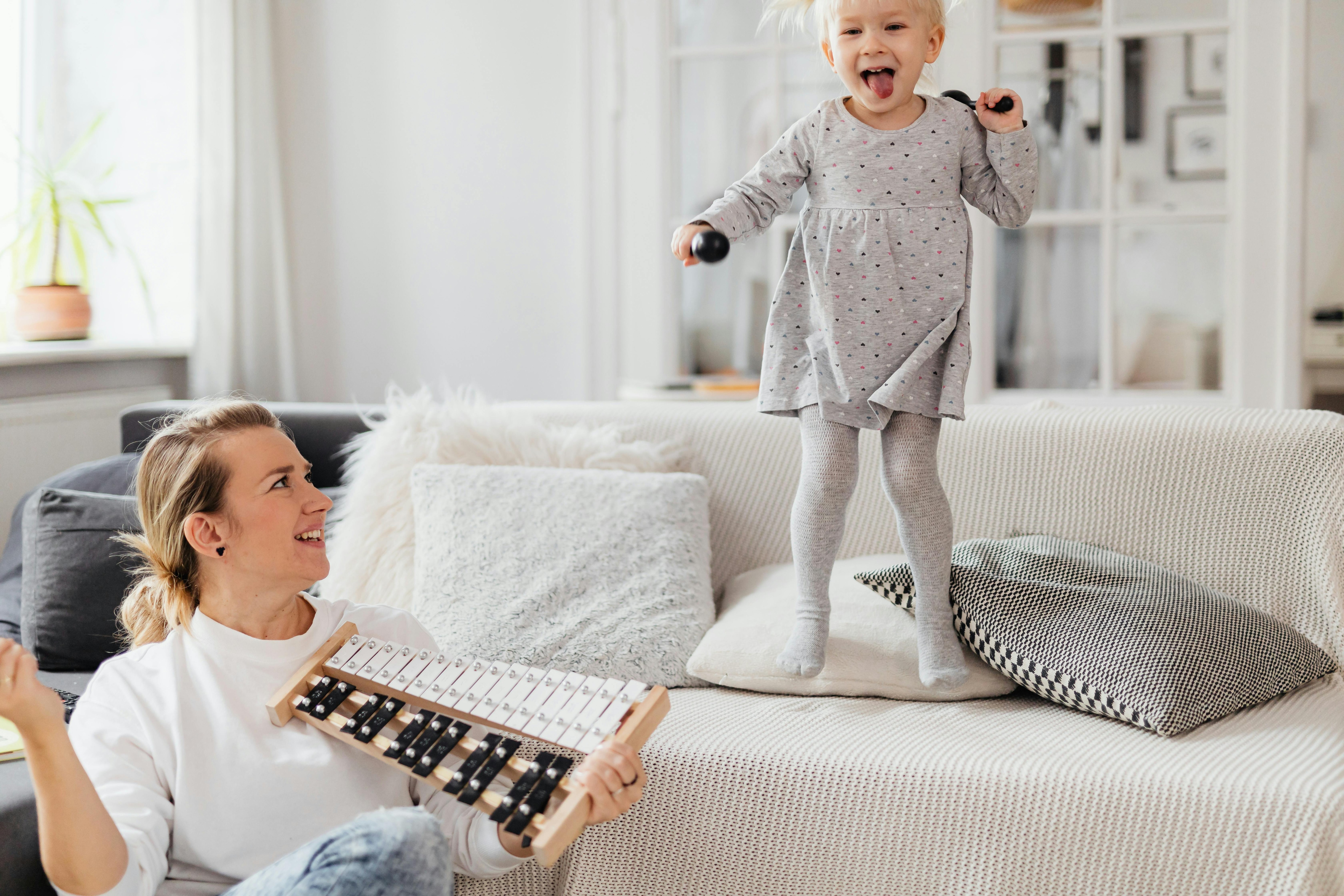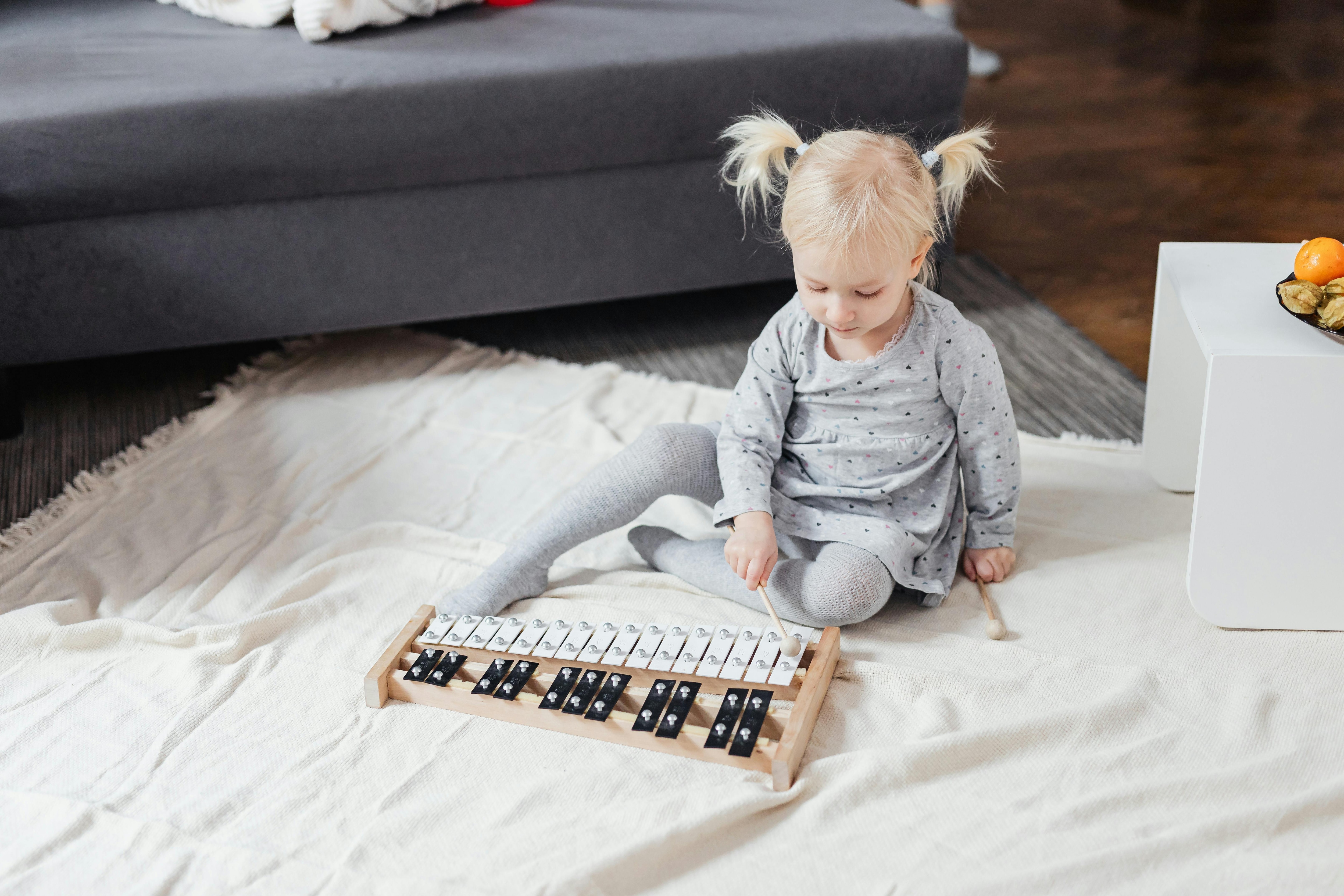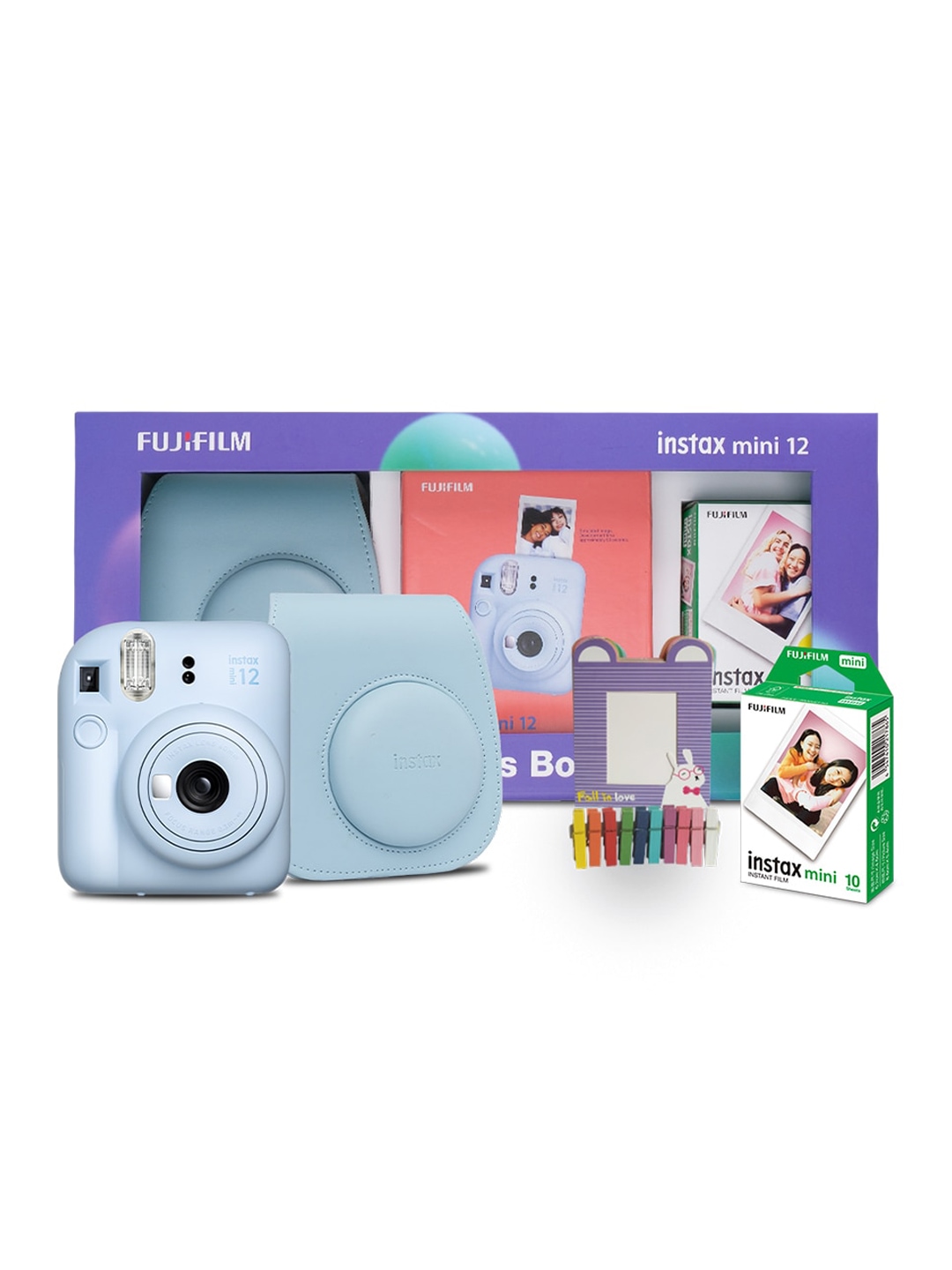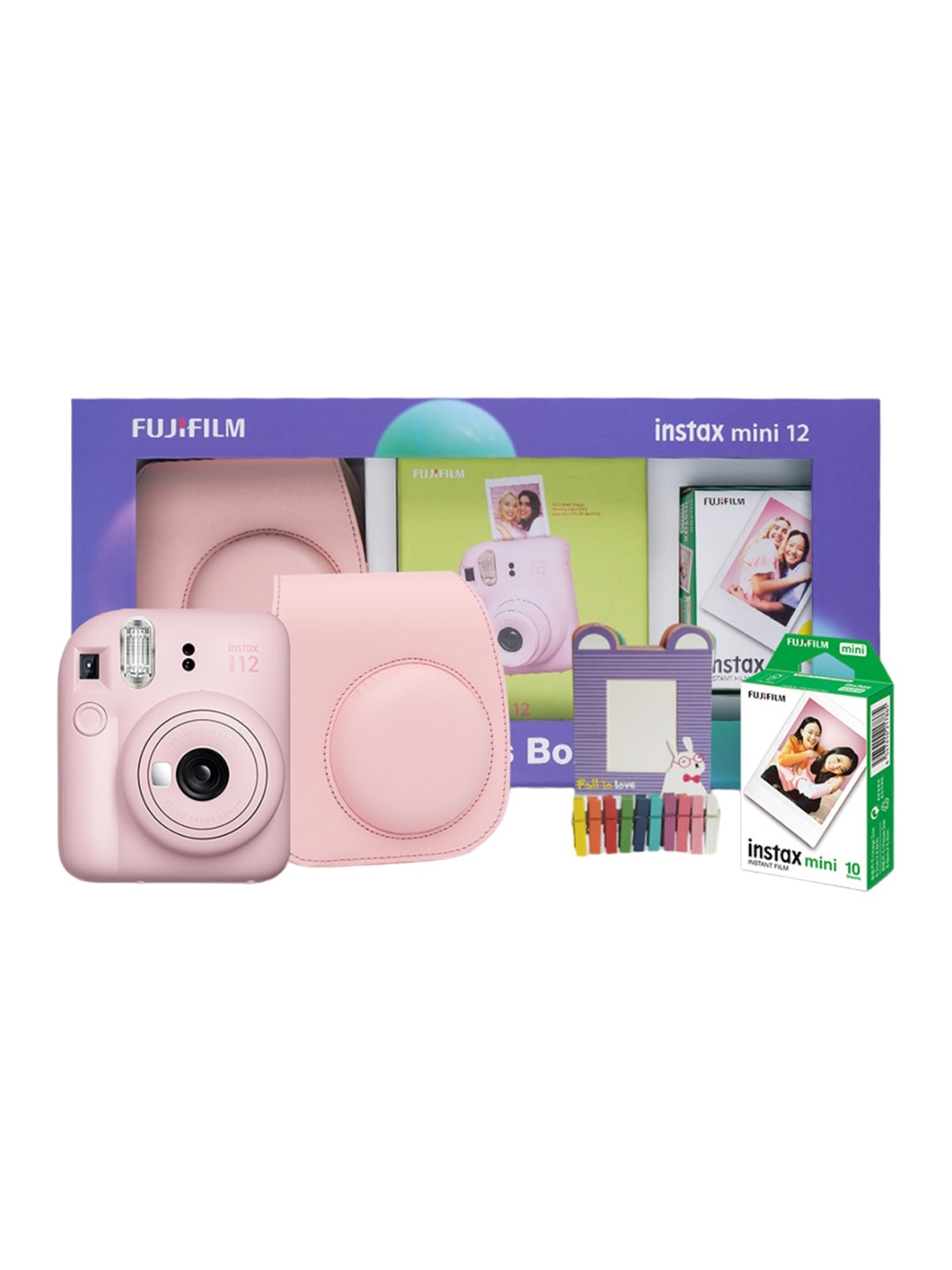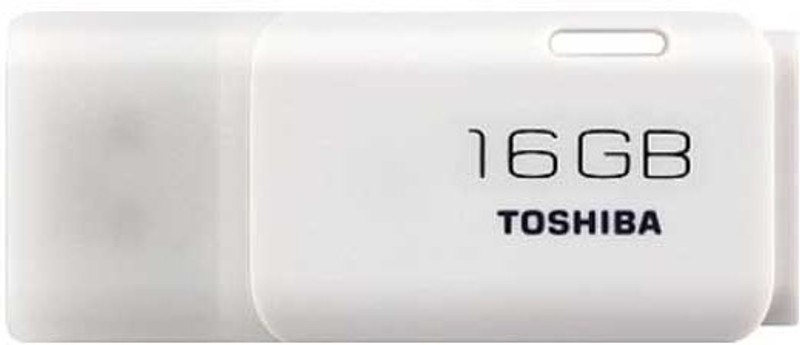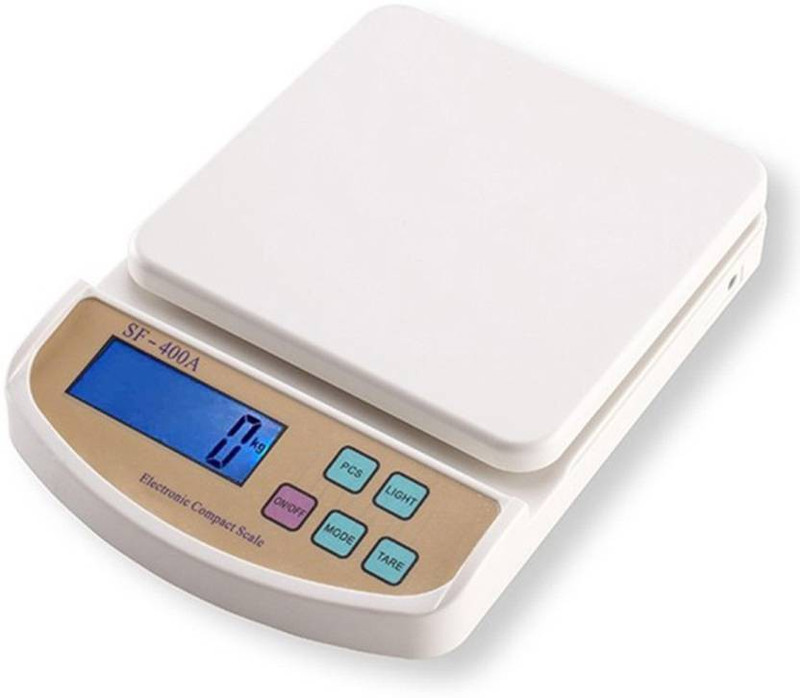Buying a Musical Toy For Your Child: 8 Smart Tips Every Parent Should Know

A few things in life light up a child's face quite like music. Whether it's the beat of a tiny tambourine or the cheerful plunk of a plastic keyboard, musical toys offer more than just entertainment, they open doors to creativity, rhythm, and self-expression.
But here's the catch: not all musical toys are created equal. What starts as a sweet idea for a birthday present can quickly turn into a cacophonous regret if the toy is too loud, too flimsy, or just plain annoying. So, how do you pick the right one without driving yourself up the wall, or spending a fortune?
The key is knowing what to avoid before buying. Here are eight common pitfalls that parents stumble into when shopping for musical toys, and how to steer clear of them. These tips are rooted in experience, peppered with humour, and tailored for those who want a little more melody and a little less mayhem in their home. Buying a Musical Toy for a Child? Avoid These 8 Common Mistakes
Also Read: Why Musical Toys Are More Than Just Fun: Discover Some Surprising Benefits For Kids
1. Picking Style Over Substance
It's easy to be dazzled by a toy's flashing lights, glittery paint or cartoon-themed design. But here's the truth: just because a toy looks fun doesn't mean it sounds good. Many mass-produced musical toys put style before sound quality, and that can lead to nothing more than noise, frustrating for both parent and child.
Take the example of that neon-coloured keyboard with 100 demo songs. It may look like a concert in a box, but if the keys are unresponsive or the tunes are jarring, your child might lose interest within days. Worse, it might discourage them from exploring real music altogether.
Instead, look for toys that focus on musicality. Brands that work with music educators or even instrument makers often prioritise authentic sound. A plain wooden xylophone with well-tuned bars might not have the bells and whistles, but it'll engage your child far more deeply and for far longer.
2. Ignoring Age Appropriateness
Let's face it, toddlers don't need synthesizers. And a six-year-old is likely to outgrow a rattle with a bell after about five minutes. Musical development is a journey, and giving a child the wrong tool for their stage can make the experience confusing rather than enriching.
When shopping, pay close attention to the age range on the packaging. These aren't just random numbers, they're based on developmental research. Younger children benefit from toys that allow exploration through touch and sound. Think maracas, soft drums, or colourful shakers. Older children might be ready for small keyboards, ukuleles, or toy guitars with real strings.
A good musical toy grows with the child. Look for instruments that offer some flexibility in how they're played or that have adjustable settings. Think of it like shoes, too big or too small, and nobody's going anywhere fast.
3. Forgetting About Volume Control
There's nothing quite like the horror of realising a musical toy has no volume button, especially when it's discovered after the batteries are in and the child is happily smashing every button. Parents often learn this lesson the hard way, and it can turn a well-meaning gift into a migraine machine.
Some musical toys are unapologetically loud, designed to grab attention in toy shops rather than offer a pleasant experience at home. But prolonged exposure to loud sounds isn't just annoying; it can be harmful to young ears.
Always check for volume control before purchasing. Better still, choose toys that produce sound mechanically, like a glockenspiel or kalimba. These offer a rich, tactile experience without the headache-inducing decibels. And remember: silence is golden, but adjustable volume is even better.
4. Underestimating Build Quality
Musical toys take a beating, literally. If it can be dropped, banged, chewed, or dunked in apple juice, it probably will be. This means that durability isn't just a bonus; it's a necessity.
Unfortunately, many musical toys aren't built to last. Cheap plastic instruments might crack, lose parts, or stop working within weeks. And while it's tempting to go for budget options, poor construction can lead to broken toys and broken hearts.
Look for toys made from sturdy materials like wood or BPA-free plastics. Check for secure parts, no loose screws or wobbly bits. If it looks like it might not survive a toddler tantrum, it probably won't. Investing in quality pays off in the long run, especially if younger siblings might inherit it later.
5. Overlooking Educational Value
A musical toy should be more than a noisemaker. The best ones encourage creativity, coordination, and even early math skills. But not every toy marketed as “musical” actually teaches anything meaningful.
Some toys simply play pre-recorded songs with no real interactivity. That might hold a child's attention for a few minutes, but it doesn't build any understanding of music. Instead, seek out toys that respond to your child's input, ones that let them create, not just consume.
Toys that introduce rhythm patterns, scales, or even basic notation can quietly lay the foundation for musical literacy. And you don't need a mini Mozart to appreciate this, just a child who's curious and eager to experiment.
6. Thinking Bigger Is Better
Oversized keyboards, multi-drum kits, and giant musical mats might seem like the ultimate gift, but they often take up more space than they're worth. Many parents have found themselves rearranging furniture or tripping over tangled wires to accommodate an overambitious purchase.
The truth is, smaller instruments can offer just as much joy, without the chaos. Compact toys are often more accessible for little hands and easier to store when not in use. Plus, they travel well, perfect for keeping children entertained during holidays or car rides.
Before buying, consider your space and your sanity. A small, well-loved ukulele might get more playtime than a flashy setup that lives in the cupboard because nobody can reach the power switch.
7. Not Involving the Child in the Decision
It's easy to get carried away choosing what you think is best, especially when something looks cute on a shop shelf or has rave reviews online. But remember who the toy is for. If your child has no interest in drums, a top-rated drum set won't magically spark joy.
Children are more likely to engage with a toy they've helped choose. Take them along (or browse online together), and watch what catches their eye. Ask questions, do they like string instruments or things they can hit? Bright colours or natural wood? Buttons or strings?
Their preferences matter, even at a young age. Respecting their input helps them feel more connected to the toy, and more motivated to explore it fully.
8. Forgetting About Noise Tolerance (Yours)
Let's be honest: some musical toys can test even the most patient parent's nerves. The fifth rendition of “Old MacDonald” at full blast, complete with honking animal noises, is enough to make anyone wish for earplugs.
While it's important to encourage musical exploration, it's also important to maintain a peaceful home environment. Think about your own limits. If a toy is going to drive you round the bend, it's okay to choose something more soothing or to set clear boundaries around when and where it can be used.
Acoustic instruments, or those with gentle tones, can be just as satisfying without the shrill chaos. And if your child really wants something louder? Consider headphones, just make sure they're volume-limited for safety.
Products Related To This Article
1. Devta Kids Piano Keyboard, Piano For Kids With Microphone
2. HACKURS Flash Drum With Sticks, Electronic Non Toxic Drum With Lights For Kids
3. avis Original Jazz Drum Set For Kids
4. PRAYOMA ENTERPRISE Repeat And Record Whatever You say, Wiggles With Music -Interactive Rechargeable
5. fenterprises 37 Key Piano Keyboard Toy With Recording And Mic For Kids FE001
6. Elegance Portable Karaoke Speaker With Bluetooth And Wireless Mic
7. RAM musical Brown Two Set Drum For Babys
8. KAVANA 37 Key Piano Keyboard With Recording, Mic And Mobile Charger
9. Ruhani Toys & Gift Gallery Big Melody Xylophone Piano With 8 keys Musical Toy
10. J K INTERNATIONAL 2 In 1 Xylophone And Piano Toy
Choosing a musical toy for your child can feel like a high-stakes game. One wrong move, and you're stuck with something that screeches, breaks or gathers dust. But done right, it's one of the most joyful, enriching gifts you can give. By sidestepping these common pitfalls, you're not just buying a toy, you're opening a door to creativity, confidence, and perhaps even a future passion. Music has a magical way of shaping young minds, and with the right instrument in their hands, your child just might find their rhythm in the world. So take a breath, do a little homework, and trust your instincts. After all, the sweetest symphonies often begin with a single, playful note.
Disclaimer: The images used in this article are for illustration purpose only. They may not be an exact representation of the products, categories and brands listed in this article.


